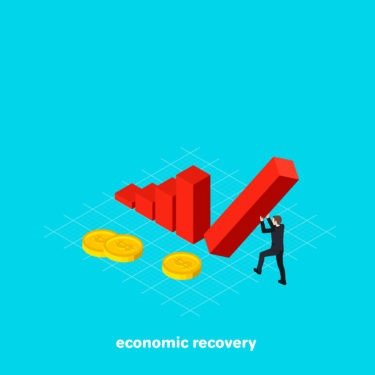There has been an understandable outpouring of interest concerning the possibility of a second round of stimulus checks. The question is, how much, when, and who will get it? Nevertheless, the upcoming expiration of the $600 per week federal unemployment benefits program has been moving to the forefront as its July 31 expiration date draws close with each passing day. It is an issue with profound economic implications.
The stakes are incredibly high. This is because 20 million Americans under unemployment are receiving the federal unemployment benefit. It is providing for an additional $600 per week above and over the unemployment benefit paid at the state level.
Now it seems inevitable that if Congress fails to act, that an abrupt end to the program will not only be a sudden financial shock to individuals. Households have dependence on the extra funds, and it will be a shock for the entire economy.
It was section 2104 (CARES Act) that included the $600 per week federal unemployment benefit. On March 27, the United States President Donald Trump signed it into law. However, by covering employees only through to July 21, the benefit was to be a temporary measure.
The impact of the additional unemployment benefit cannot be overstated, temporary, or not.
Personal income in April surprisingly rose by 10.5%, according to the BEA (Bureau of Economic Analysis). That was despite the dramatic increase in the unemployment rate, to 14.7% for the month. It is up from the March rate of 4.4%. Thus, that represented an increase in the unemployment rate of more than ten percentage points. This made April the most damaging month on the employment front, ever since the coronavirus pandemic started.
Unemployment Benefits
In May, Personal income fell by 4.2%. Nevertheless, spending rebounded by 8.2%. The gradual reopening of the economy during the month increased spending. There is little doubt that the spending increase was at least partially fueled by enhanced federal unemployment benefits, despite the drop in personal income.
The economic impact that the shutdown and coronavirus brought about would have been much more painful without the federal unemployment benefits.
Moreover, there has been a lack of action for extending federal unemployment benefits beyond the July 31 deadline. Nevertheless, lawmakers are already looking at the upsides. There are compelling arguments in favor of an extension. On the other hand, there are concerns the program may have overshot the mark.
In opposition to extending federal unemployment benefits, one of the arguments is that they have been too generous. So much so, that this may be acting as a disincentive for people to get back to work.
Two thirds on unemployment insurance eligible workers could currently be receiving benefits that exceed their regular earning. That includes 20 percent making twice their regular pay. All that is according to a working paper from the Becker Friedman Institute for Economics at the University of Chicago completed in May.
It is not hard to imagine this, considering an estimated 40% of those who are currently unemployed earn less than $40,000 per year. The $600 federal benefit plus $200 per week state unemployment benefit means that a worker typically making $400 per week can now collect $800 per week.
Let us wait and see what happens in the United States after the 31st July.













